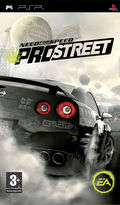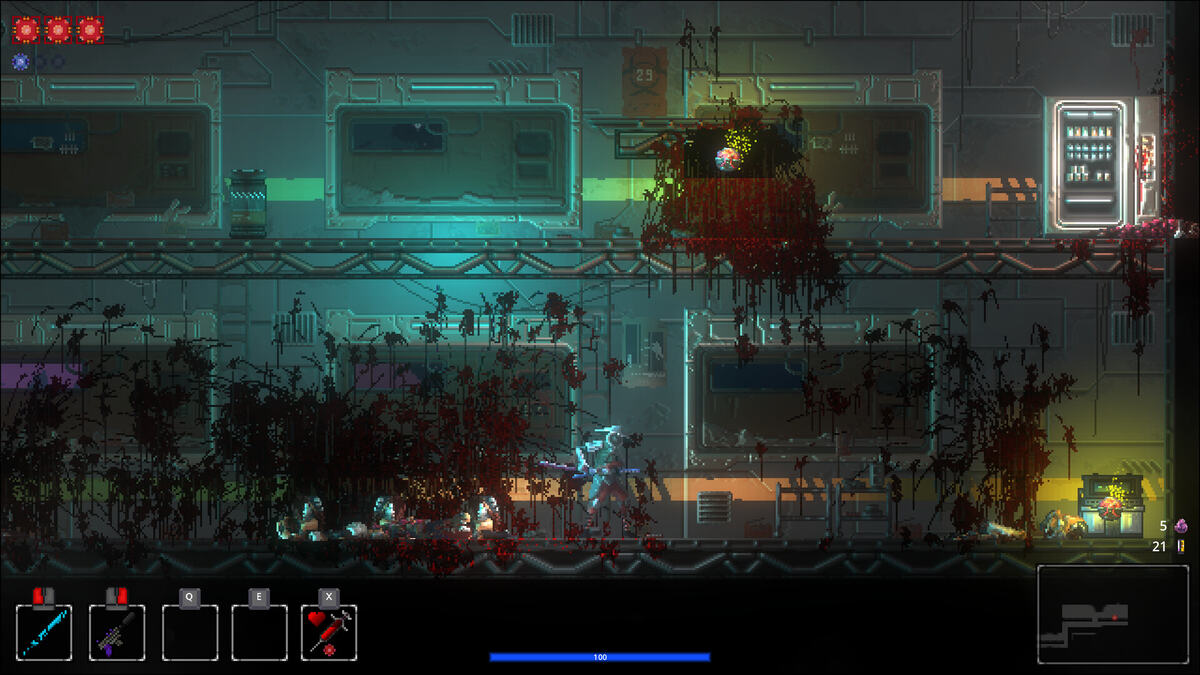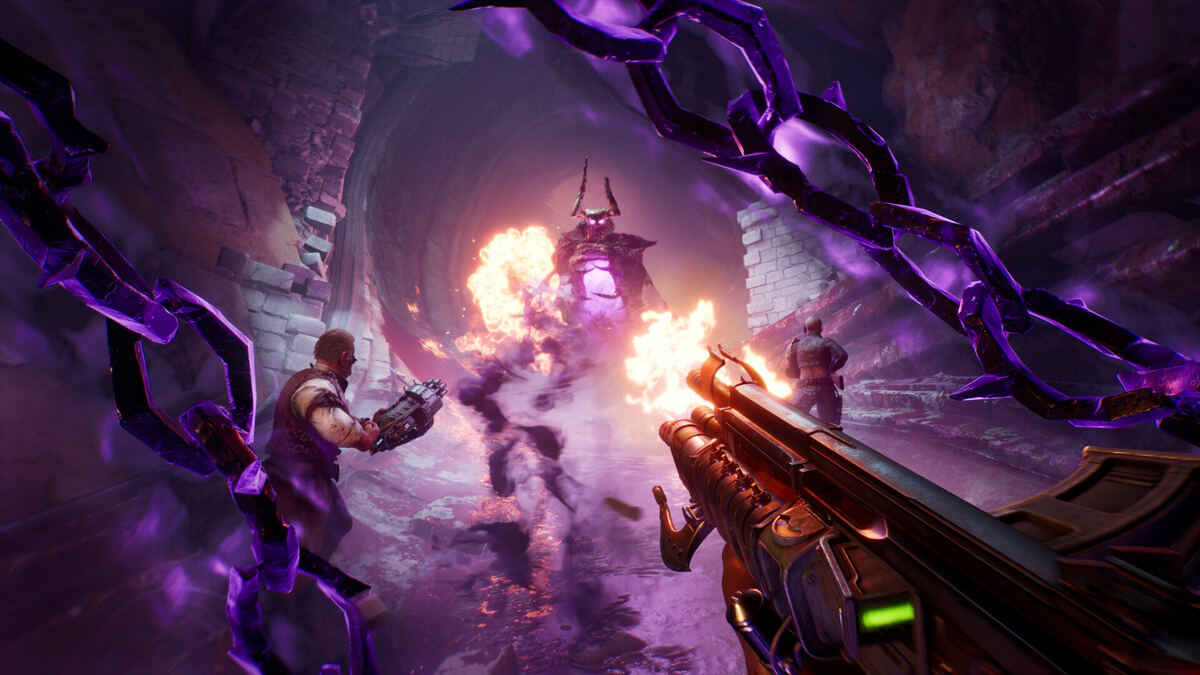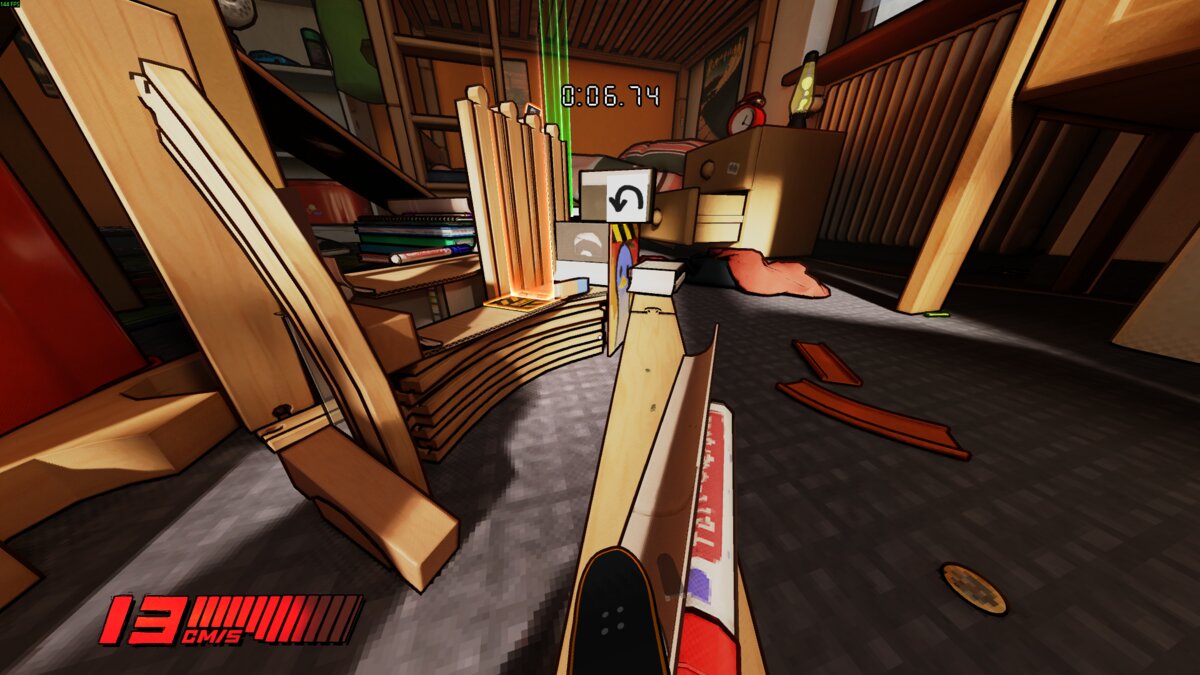You can trust VideoGamer. Our team of gaming experts spend hours testing and reviewing the latest games, to ensure you're reading the most comprehensive guide possible. Rest assured, all imagery and advice is unique and original. Check out how we test and review games here
Unless you’ve spent time installing a plasma screen into your car, or make regular visits to a rolling road with a vehicle you’ve spent thousands of pounds modifying, you might not be aware of the developments in the world of customised street cars. Recent years had seen something of a decline in the credibility of the culture. A combination of Burberry-clad youths and an obsession in car magazines with topless women draped across bonnets had led the scene into something of a Neanderthal state.
Then The Fast and the Furious brought back some more aspirational glamour to street racing, which Need for Speed gratefully fed on, and now the focus is back on the serious business of what’s under the bonnet, not who is sitting on top of it. Performance is king again and, ironically, the illegal world of modified car meetings is becoming something more professional.
With its corporate ear to the ground, EA has responded to this, and the result is Need for Speed ProStreet, a game that looks like it might just capture the often misunderstood world of beachfront cruises and hugely customised cars.
The game’s new direction is immediately apparent from the moment you see the cars. Whereas before they were rather glamorous interpretations of humble road vehicles, now far more of the real-world cars are sleek and long sports machines, covered in logos and sponsorship.
This accurately mirrors the shift that has seen street racers become more organised and a little more legitimate. As teams and companies are forming, more meetings are beginning to move to rented raceways and official events. The boy racer has grown into the street racer, and Need for Speed’s latest subtitle shows the game has done the same.
ProStreet is structured around various hubs that are presented as events, where you will interact with rivals, customise your cars, and ultimately compete in several different race modes in pursuit of the esteemed title of ‘Street King’. Each of these events brings four types of racing to a venue. Winning some will let you progress, while winning all and performing particularly well will let you unlock showdowns, where you can compete with champions of each racing discipline to steal their title.
Drift racing is all about high speed cornering with your car’s tail out sideways, grip racing is more traditional circuit competition, speed challenge asks you to maintain a top average speed over a huge length of open road, and drag racing functions as an update of the classic pastime for Teddy Boys.
The racing itself is of course the most important part of the game, and though it still feels distinctly like previous versions of Need for Speed, there is no doubt that this is the fastest and most intense release from the series so far. As the scenery tears past you at a hugely exciting rate, you really do get the sensation you are on the very edge of control, getting the absolute most out of the car, and teetering on the verge of speed wobble, constantly bracing yourself for an impending collision.
Which brings us to Need for Speed’s fledgling relationship with car damage. This time around, your cars can sustain heavy damage and even be wiped out completely. At the moment it does feel like it is a little too brutal, as the smallest smash can bring a brisk end to your racing experience, but EA are keen to remind us that the balancing of the damage system is still being tweaked.
Regardless of function, the damage to the cars looks very impressive. As bodywork crumples and glass shatters, the vehicle’s demise is captured in extreme detail. It is also very impressive that even the car panels designed by players using the auto-sculpt tool suffer realistic damage, showing the depth of the technical foundation below all the pretty pixels.
Damage also repositions Need for Speed’s place on the racing game landscape. Previously, the series sat comfortably between the extremities of the spectrum that are driving-sim Grand Turismo, and arcade romp Ridge Racer, but the new handling model has definite simulation leanings – and we haven’t even talked about the customisation.
In games, a mere mention of the C-word has eyes rolling as heads fill with images of clunky character design tools and unworkable menu screens. But in a game about a culture of customisation, tinkering with the innards of cars must be integral to the gameplay. EA Blackbox has developed a system it has tagged ‘blueprints’. Blueprints are essentially player created spec sheets for cars that can be applied at any time. Numerous blueprints can be stored by the player, who can share them online, and even rank on blueprint leaderboards for the most popular and successful schematics.
The customisation can be taken to the same mind-boggling level as in Gran Turismo 4, that allowed you to adjust suspension and split differentials with near infinite precision, but for the more casual player prescribed blueprints are available.
Visually the game is already looking very nice in places. The textures on the car that distinguish carbon fibre from steel are rich and deep, and the scenery in the locations, which are all based on iconic street racing venues such as Japan’s Daikoku-Futo roadway, is detailed and accurate. And the smoke looks very nice, if not quite seeming part of the game world.
For now Need for Speed ProStreet has some way to go with regard to balancing and fine tuning, but it does look like it has plenty new to offer the series, and on its surface is unlikely to be anything less than a highly polished, big-budget racer.
Need for Speed ProStreet
- Platform(s): Nintendo DS, PC, PlayStation 2, PlayStation 3, PSP, Wii, Xbox 360
- Genre(s): Racing
/https://oimg.videogamer.com/images/466c/nfs_prostreet_2.jpg)






